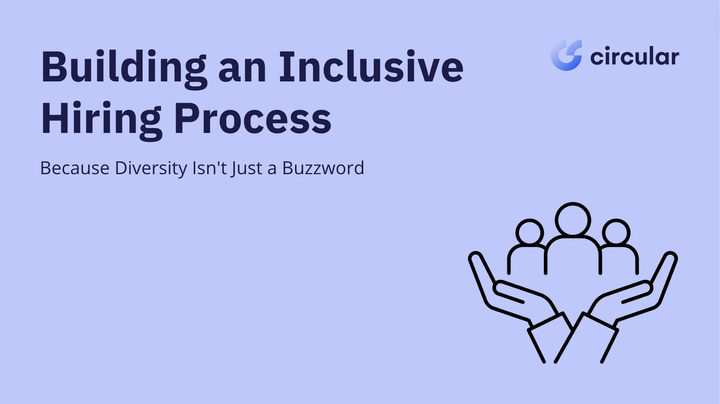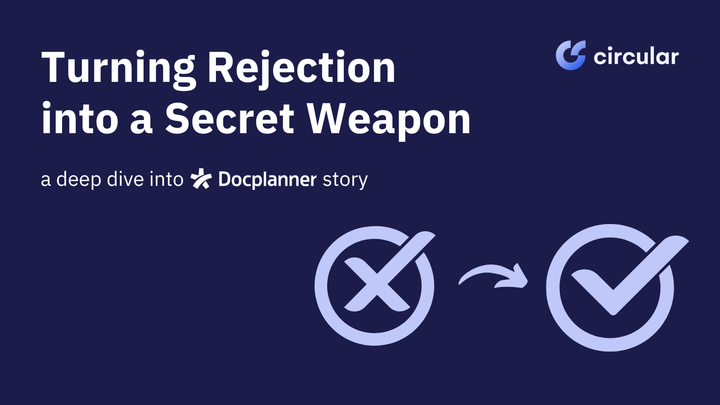María Beneite, Head of People at Circular, explores the common things that are often missed when it comes to Candidate Experience

How candidates perceive a company's hiring process is a key factor when a candidate is deciding whether or not to join a company.
But the candidate experience goes far beyond the initial hiring process and can play a big part in a candidate's overall perception of a company. Even if a candidate wasn’t successful in the hiring process, if they had a great candidate experience, they could still promote your company.
María Beneite shares her thoughts on how to ensure a great candidate experience during all stages of the hiring process, things that can sometimes be neglected and how to ensure great candidate experience in the rejection process.
Get things right from the start
Observe and analyse how your pipeline is behaving, don't neglect to look at the different global recruitment metrics and the conversion & churn rates by each hiring step.
Asking for feedback right after the application, during, and after the recruitment process gives you amazing insights for improving the candidate experience.
Read more about Candidate Journey mapping.

During the application process
Measure the candidates that visit your open job descriptions vs the people that actually apply and try to increase the correlation rate as much as possible.
Ways to do that: having completed an excellent JD where you are transparent about the company, role and conditions (location, salary) is key.
Additionally, make the process as simple as possible, don't ask for information that you can find in the resume or LinkedIn profile; for example, avoid mandatory cover letters.
Don’t miss the important things!
There there are a few things that tend to be neglected during the hiring process which are easily solved and can make a huge difference to the overall candidate experience.
I’d like to highlight the top three things that come to mind:
- Timely and detailed feedback: Even if you have a huge amount of leads, it is important to set aside time to give feedback to candidates. The amount of details can vary depending on what stage the candidates reach. One way is through the bilateral feedback call.
- Take note of the amount of time that candidates are investing during the recruitment process (a lot of stages, exercises, content repeated) and ensure this is reasonable.
- Assessing candidates’ approach vs bidirectional assessment: give all the information that candidates need in order for them to assess if they want to join the company.

CX doesn’t stop at Rejection
Even if a candidate doesn’t succeed in your hiring process, it doesn’t mean that they have to end the process with a negative experience. Here are some ways you can ensure a great candidate experience is had even if a candidate is not hired.
- Giving detailed and honest feedback and allowing candidates the opportunity to choose the format: call or email. It also helps to measure your success.
- Build a long term relationship. Even if a candidate isn't a fit now, it does not mean that we wouldn’t consider that person in the near future for this position or another one. It’s good to keep all doors open.
- Recommending rather than rejecting. Being part of a community such as Circular means that there doesn’t have to be a hard stop at the rejection stage. If you interviewed a candidate you liked but didn’t hire, you can easily recommend that talent. Other in-house recruiters, who are hiring now, get access to a trusted flow of high-quality talent and candidates benefit from getting straight to the best companies’ shortlists. Find out more about Circular here and join the community.



